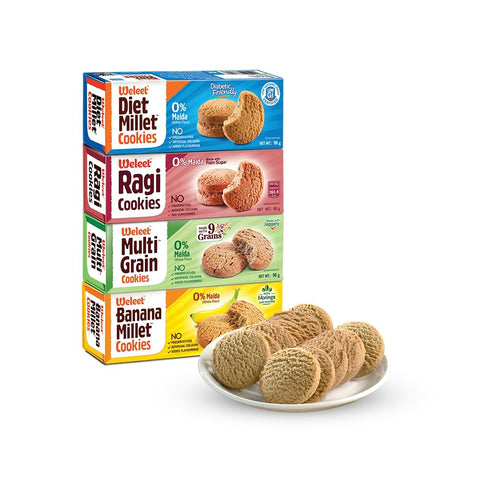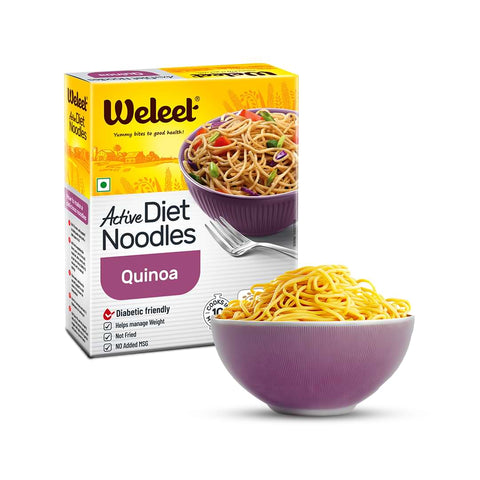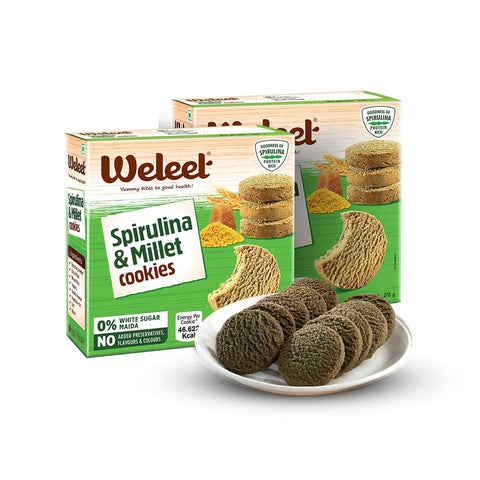People are becoming more aware of the foods they consume and their impact on their well-being. One such dietary culprit that has been under scrutiny is maida, often referred to as “white poison”. Today the world has realised maida is bad for our health. but maida is called white poison?
Let’s find out.
How Maida is Made?
The production of maida, a finely milled and refined wheat flour commonly used in Indian cuisine, involves a multi-step process. It begins with the careful selection of high-quality wheat grains, followed by a thorough cleaning to remove impurities. The cleaned wheat is then conditioned by adding water, making the bran layer softer for easier separation during milling. The milling process involves grinding the wheat in roller mills to extract the endosperm, the starchy part of the kernel that forms the main component of maida. The milled flour undergoes sifting to separate fine maida from coarser particles. Some maida may undergo a bleaching process to enhance their colour. The final product is then packaged and sealed for distribution.
Why Maida is Not Good for Health
Nutrient Stripping:
Maida undergoes a milling process that removes the outer layers of the wheat grain, eliminating the bran and germ. Unfortunately, this process results in the loss of essential nutrients, including dietary fibre, vitamins B, and minerals. These nutrients play crucial roles in various bodily functions, such as metabolism, immune system support, and overall well-being.
Rapid Blood Sugar Spike:
Maida has a high glycemic index, meaning it is quickly converted into glucose, leading to a rapid spike in blood sugar levels when consumed. Regular consumption of high-glycemic foods can contribute to insulin resistance, a condition where the body’s cells become less responsive to insulin. This insulin resistance is a key factor in the development of type 2 diabetes and can also contribute to energy crashes and increased hunger.
Weight Gain and Obesity:
Maida lacks the fibre found in whole grains, which is essential for promoting a feeling of fullness and preventing overeating. The absence of fibre can lead to increased calorie intake, as individuals may not feel satisfied and tend to consume more food. Over time, this overeating can contribute to weight gain and obesity, which are associated with a range of health problems, including cardiovascular issues and metabolic disorders.
Digestive Woes:
The refining process that maida undergoes removes a significant portion of the fibre present in the whole wheat grain. Dietary fibre is crucial for maintaining a healthy digestive system. It encourages regular bowel movements, gives the stool more volume, and lessens the likelihood of constipation. The lack of fibre in maida can result in digestive issues, including constipation and other gastrointestinal discomfort.
Inflammatory Response:
Some studies suggest that diets high in refined carbohydrates, such as those containing maida, may contribute to increased inflammation in the body. Chronic inflammation is associated with various health conditions, including cardiovascular disease, arthritis, and other inflammatory disorders.
Nutrient Imbalance:
Relying on maida as a primary source of calories can lead to a nutrient imbalance in the diet. Since maida is often found in processed and refined foods, the overall nutritional quality of the diet may suffer. A diet lacking in diverse nutrients can increase the risk of nutritional deficiencies and related health issues.
What is the Solution?
Choose Whole Grains:Opt for whole grain alternatives like whole wheat flour, oats, quinoa, and brown rice. These options retain the essential nutrients and fibre that promote digestive health and overall well-being. Whole grains are rich in vitamins, minerals, and antioxidants, providing sustained energy and supporting heart health. Incorporating a variety of whole grains into your diet ensures a diverse range of nutrients.
Explore Gluten-Free Flours:
For those with gluten sensitivities, consider using gluten-free flour such as almond flour, coconut flour, or chickpea flour. These alternatives not only cater to individuals with gluten intolerance but also offer unique nutritional benefits. Almond flour, for example, is high in healthy fats and protein, while coconut flour is rich in fibre. Experimenting with gluten-free flours can add variety to your recipes and enhance the nutritional profile of your meals.
Incorporate Multigrain Products:
Explore millet bread, pasta, noodles and other baked cookies made from a mix of whole grains to enjoy a variety of nutrients and flavours. Combining different grains provides a diverse array of essential nutrients, making your meals more nutritionally complete. Multigrain products often have a nutty and hearty flavour, adding an extra layer of taste to your dishes.
Read Labels:
Be vigilant about reading food labels. Choose products with minimal processing and those made from whole, unrefined ingredients. Avoid items with excessive added sugars, preservatives, and artificial additives. Understanding and scrutinizing food labels empower you to make informed choices, ensuring that your meals are as close to their natural state as possible.
Incorporate Nutrient-Rich Millets:
Embrace the nutritional benefits of millet by including them in your diet. Millets, such as pearl millet (bajra), foxtail millet, and finger millet (ragi), are rich in essential nutrients like iron, calcium, and fibre. Consider using millet flour in your baking or cooking to add a wholesome touch to your meals. Millets are also a sustainable and environmentally friendly option, making them a great choice for both personal health and the well-being of the planet.
It’s essential for everyone to be mindful of their dietary choices and consider alternatives that provide a more comprehensive array of nutrients. Opting for whole grains, such as whole wheat flour, and incorporating a diverse range of nutrient-rich foods can contribute to a more balanced and healthful diet.













